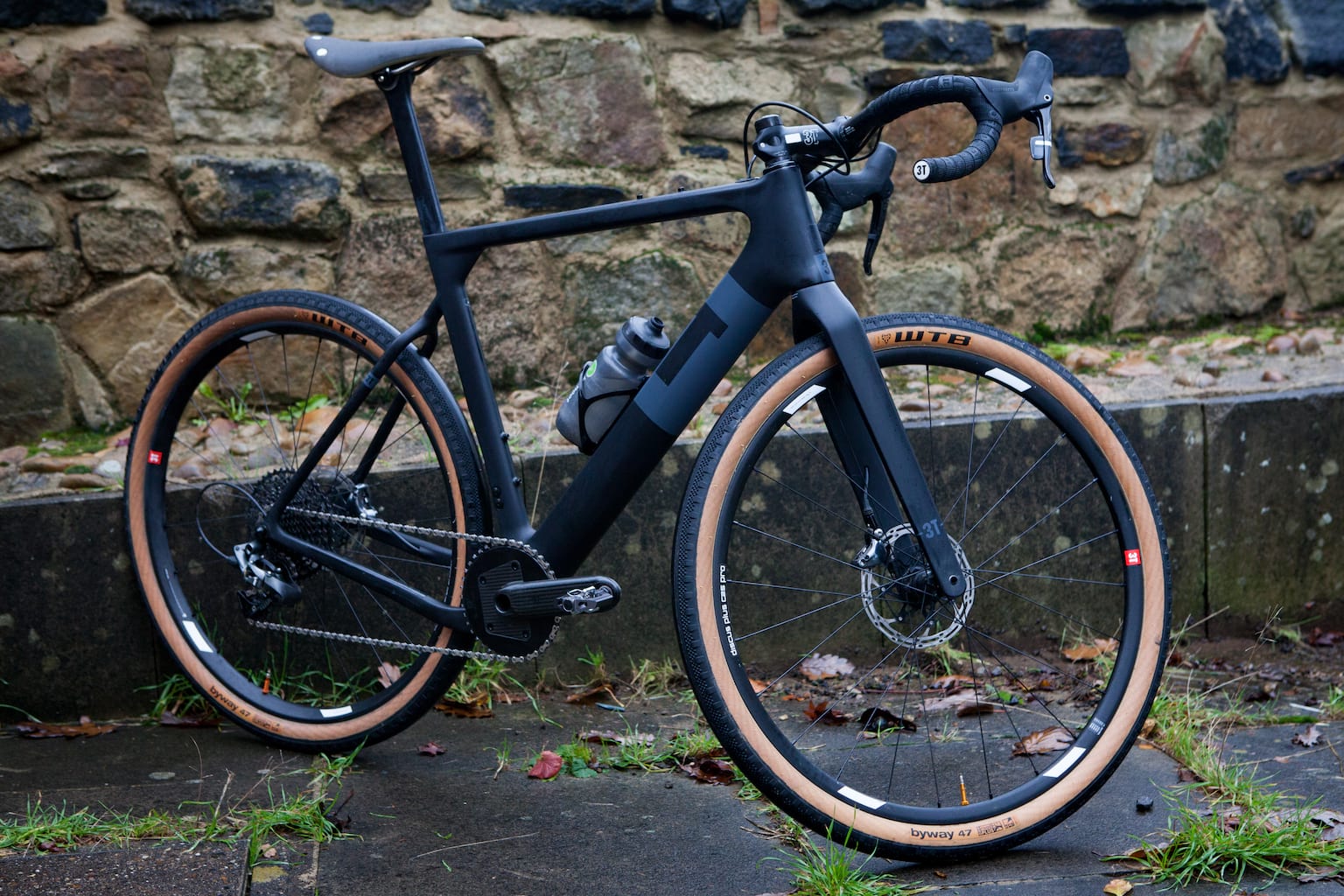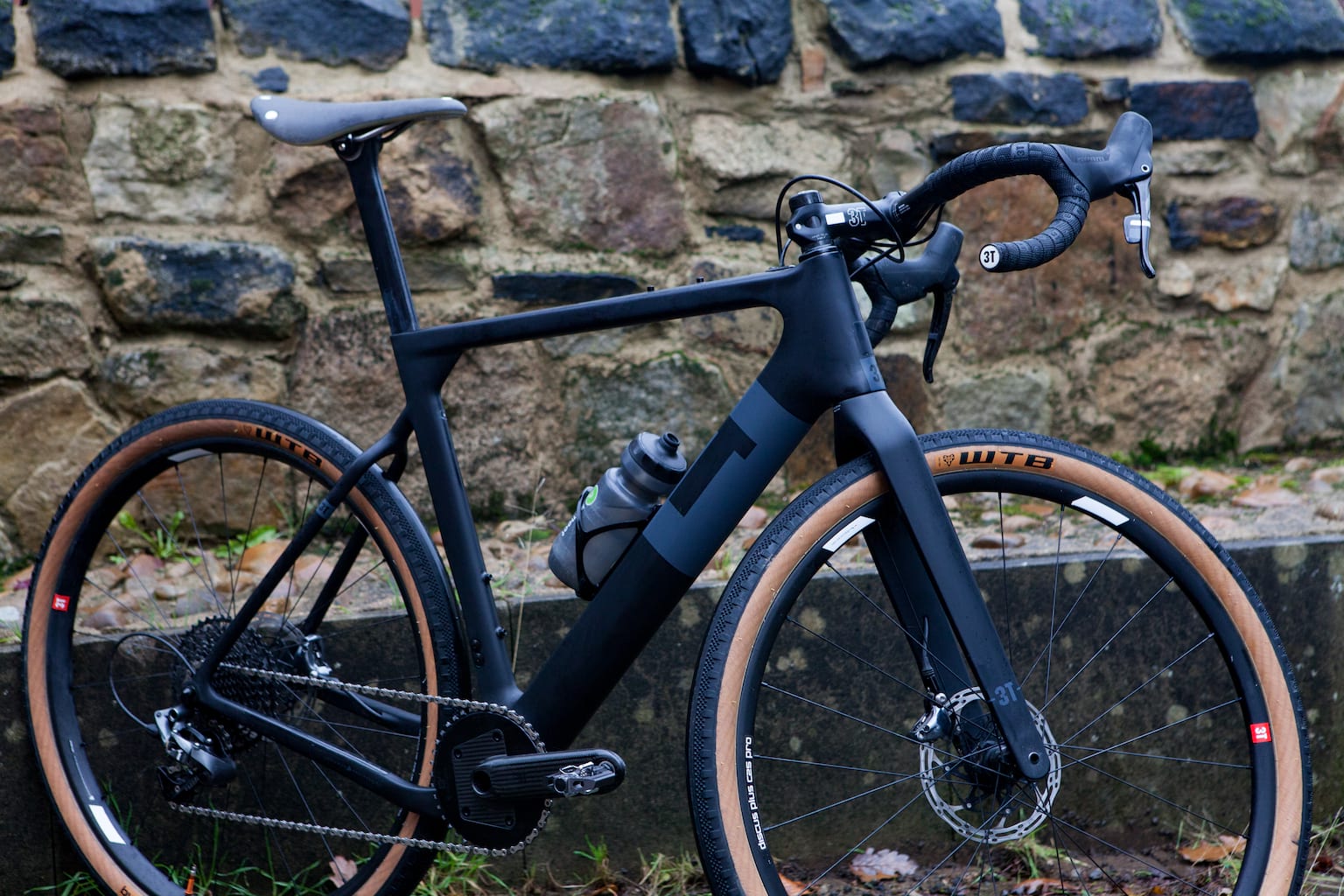- Model: 3T Exploro LTD frameset
- From: Saddleback
- Price: £4,200
Gulp. £4,200 for a frameset. I’m just going to leave that there for a little while, and come back to it once my heart has restarted – we are in the process of reviewing another Very Expensive Bicycle at the moment, and we’ve shared our thoughts there. Yes, it is an obscene amount of money, but no ones is forcing us to spend this amount on bikes… and should you be lucky enough to have that kind of disposable income, then why not spend it on something that brings some fun and fitness to your life?
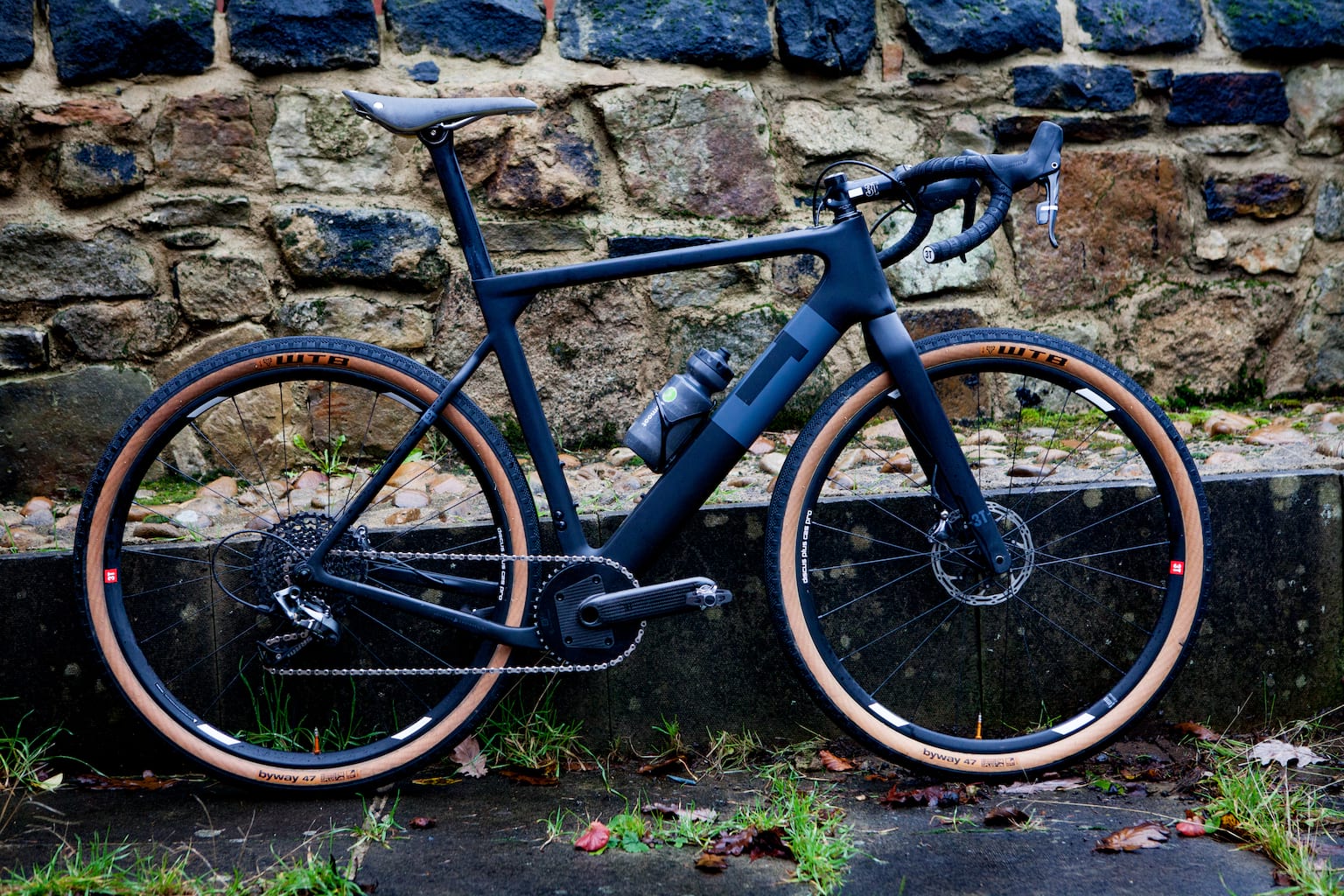
The all carbon 3T Exploro has been around for a couple of years now. This is a slightly updated version for this year – changes are subtle – now using flat mount brakes, a reworked integrated seat post clamp and larger fork clearances. The frameset is available in two specs: the Team (£3,000) and the more expensive LTD. The LTD weighs in at a ludicrously light 990g (the Team is a couple of hundred grams heavier) and comes with the 3T Fango LTD fork.
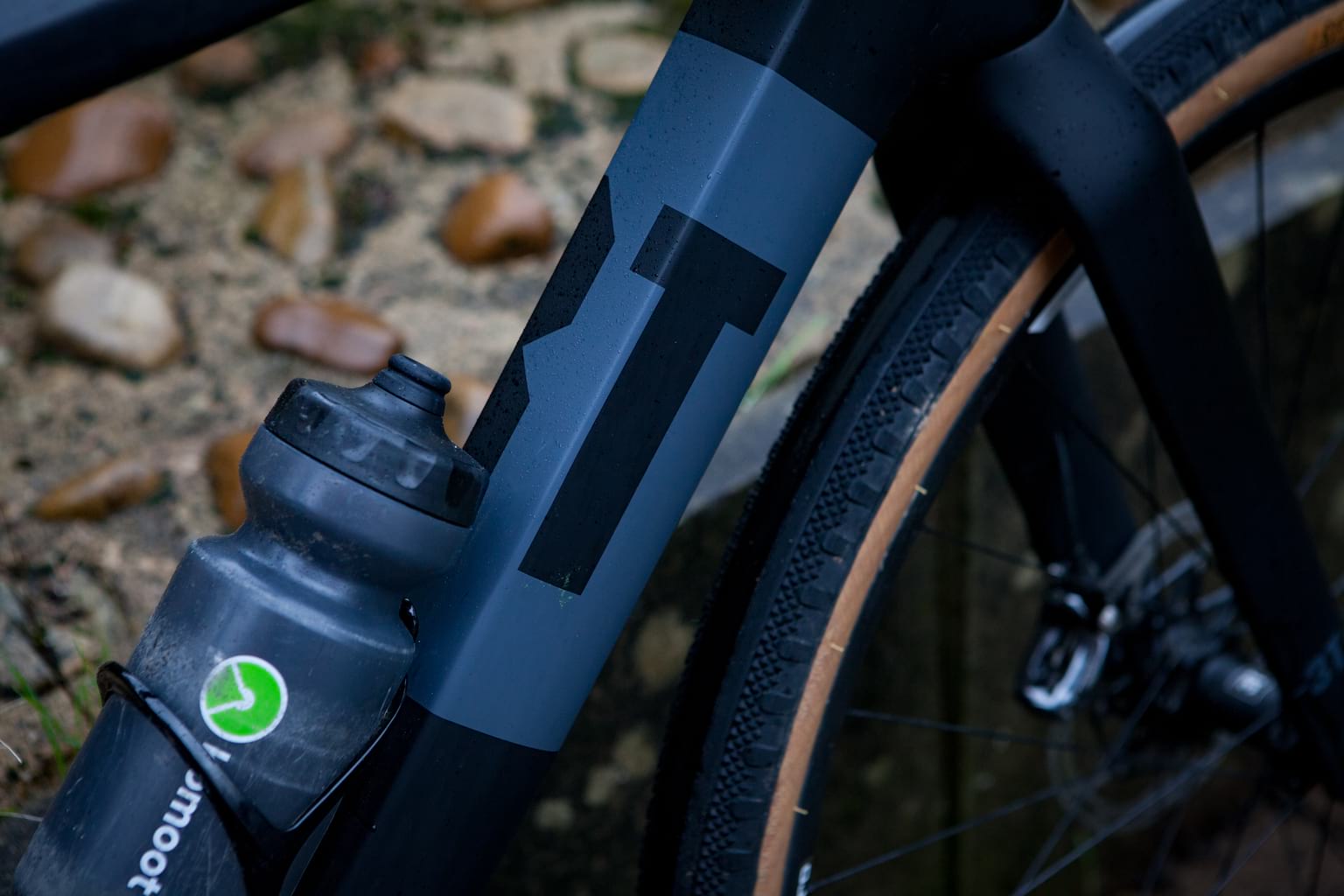
History
At first look, there’s a lot going on with that frameset, so lets have a little bit of a history lesson before we go on. Italian company, 3T has long been associated with components – bars, seat posts, stems in particular. In fact, its heritage stretches back over 50 years now. In the last couple of years, 3T has pushed its way into frame manufacturing, with an uncompromising ethos.

If you’d like a 3T bike, you essentially have two options – its aero road bike, the Strada (now infamous for the original’s lack of a front mech hanger. 3T’s commitment to 1x didn’t seem to win it any favours with the pro team that adopted the Strada as their bike and a version with a front mech is now available) and the Exploro.
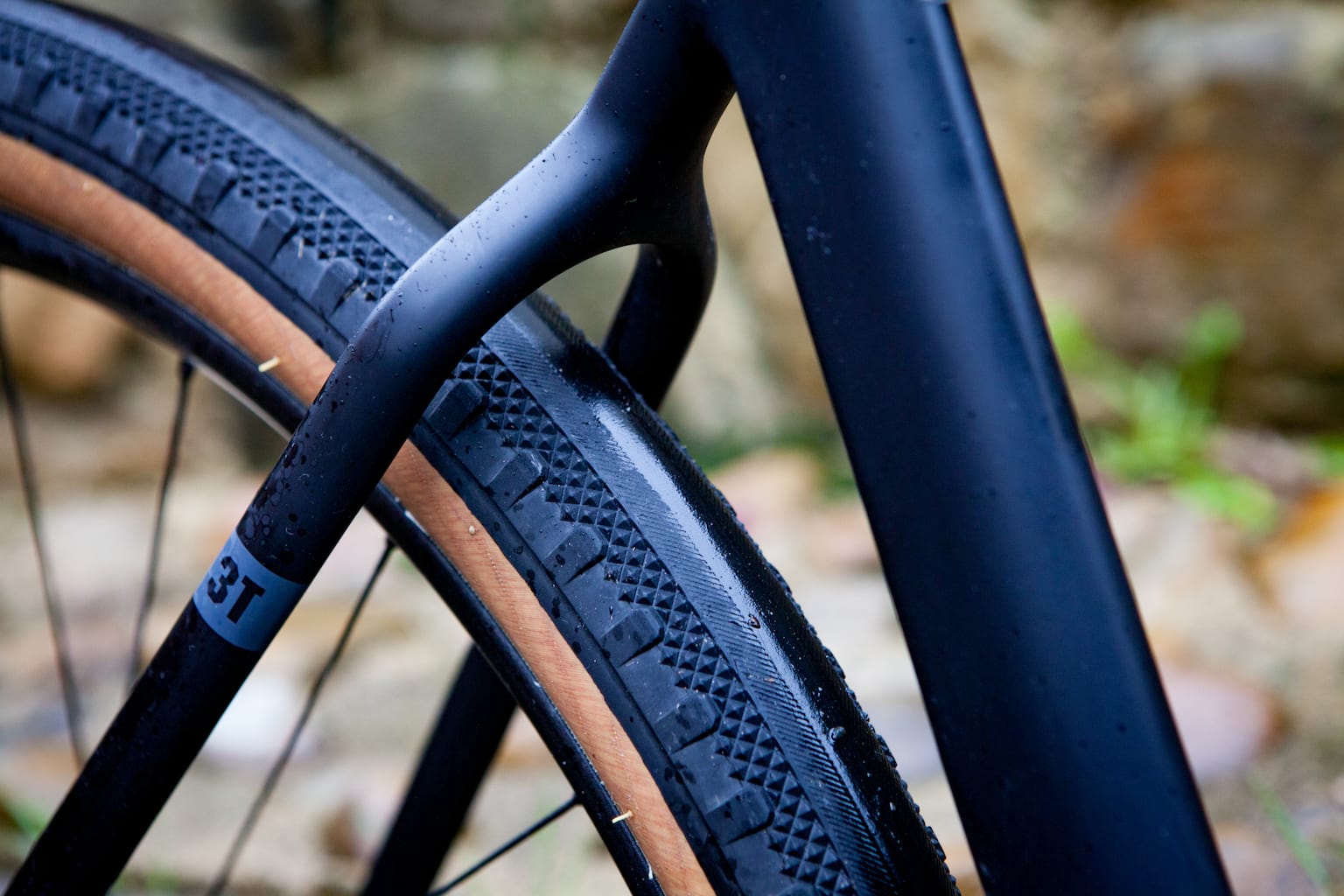
When first launched, the Exploro was marketed as the world’s first ever aero all-road frame. Something of a niche concept, we’d suggest, but not as crazy as it first sounds. Firstly, at the sharp end of gravel races, speeds are high enough that aerodynamics definitely become a factor. Secondly, if all other things are equal (including comfort) why shouldn’t you make a bike more aerodynamic? No one says no to free speed. “Go slow, fast” says 3T. We’ll have some of that.
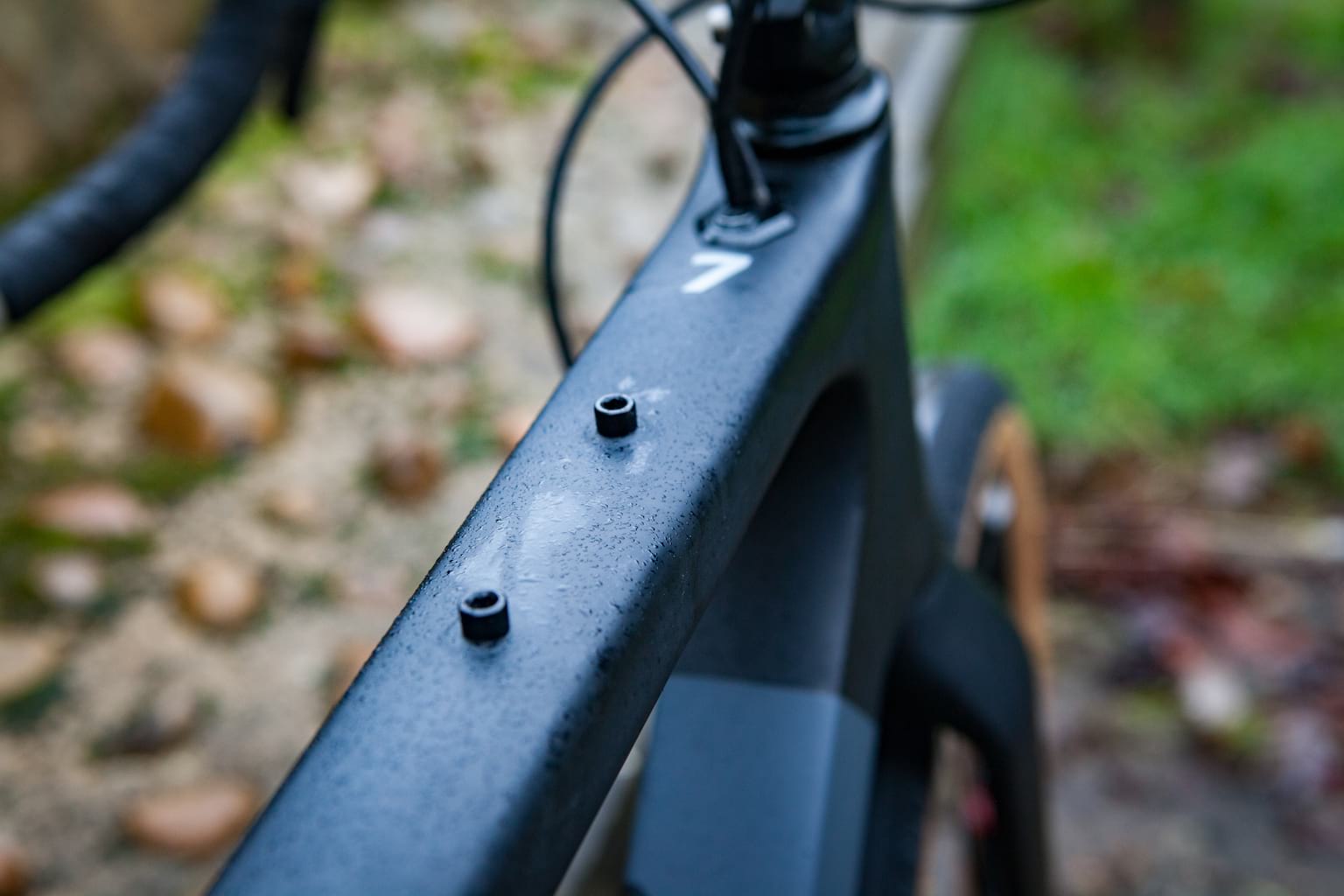
3T makes some big claims about the impact of the aerodynamics. It wind tunnel tested the Exploro at a “realistic” 20mph, not the usual 30mph (some of us dream of tapping out 20mph out, thank you). It even tested frames covered in 3D-printed mud. The results of testing are impressive, regardless of how much you care about aerodynamics. 3T thinks that the Exploro is faster when muddy and fitted with 40mm knobby tires than a clean standard road bike with 28mm slicks…
The Frameset
Taking a closer look at the Exploro frame reveals some funky looking downtube profiling. This being the bike industry, it of course has an equally funky name. “Sqaero” (see what they did there?) combines the best of both worlds, with a truncated airfoil shape that tricks airflow into behaving as if it is a full shape, while staying close to square (creating stiffness and keeping weight down) in its overall dimensions. The frame was designed by Gerard Vroomem, who plied his trade at Cervelo for many years, and could arguably be credited with bringing the aero road bike to the pro peloton and the masses.
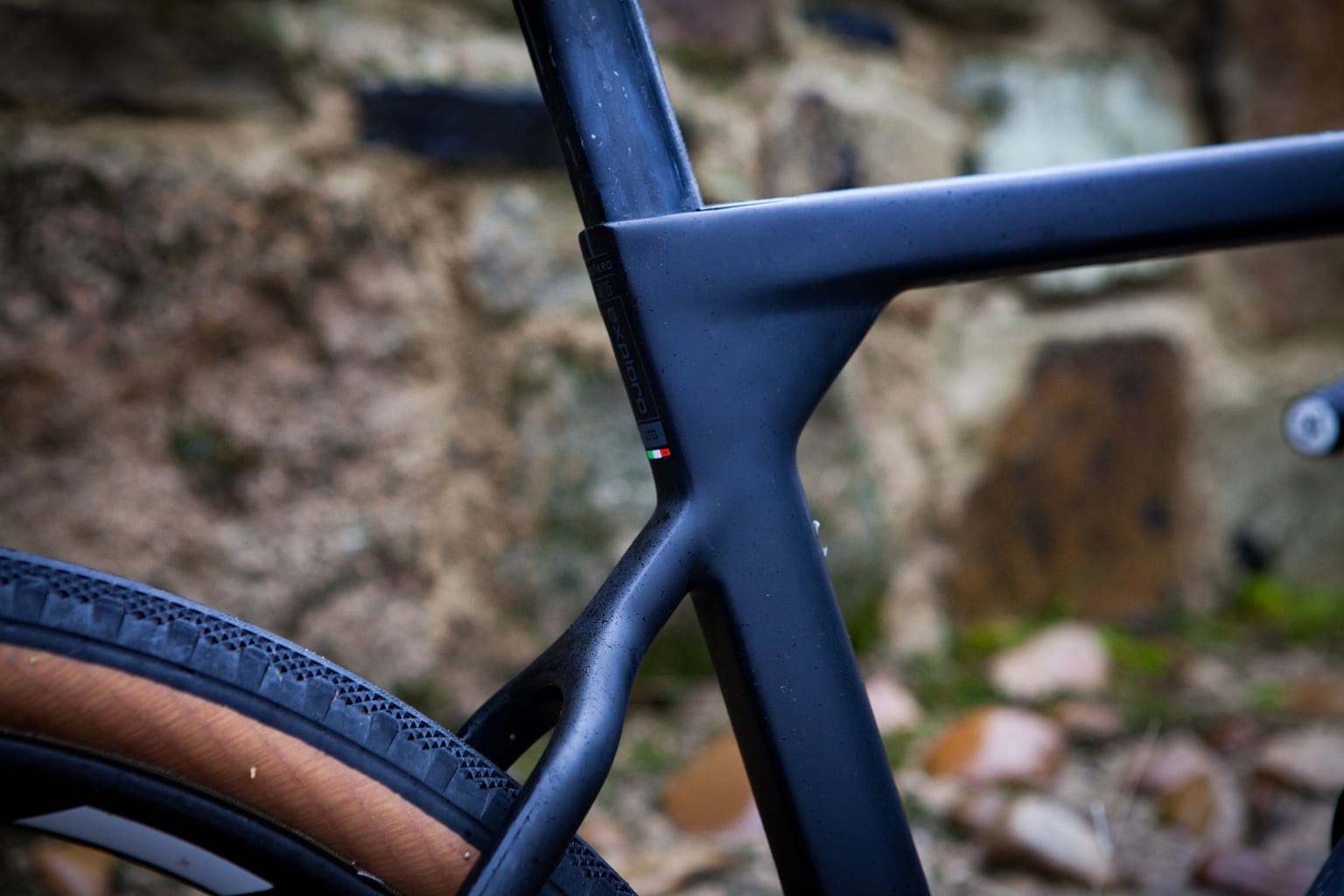
Vroomem’s design signatures are seen elsewhere as well. To maintain a low q-factor, keeping the chain stay short and tyre clearance high, the Exploro has a dropped chainstay design that appears to be almost identical to another one of Vroomem’s designs – the Open UP.
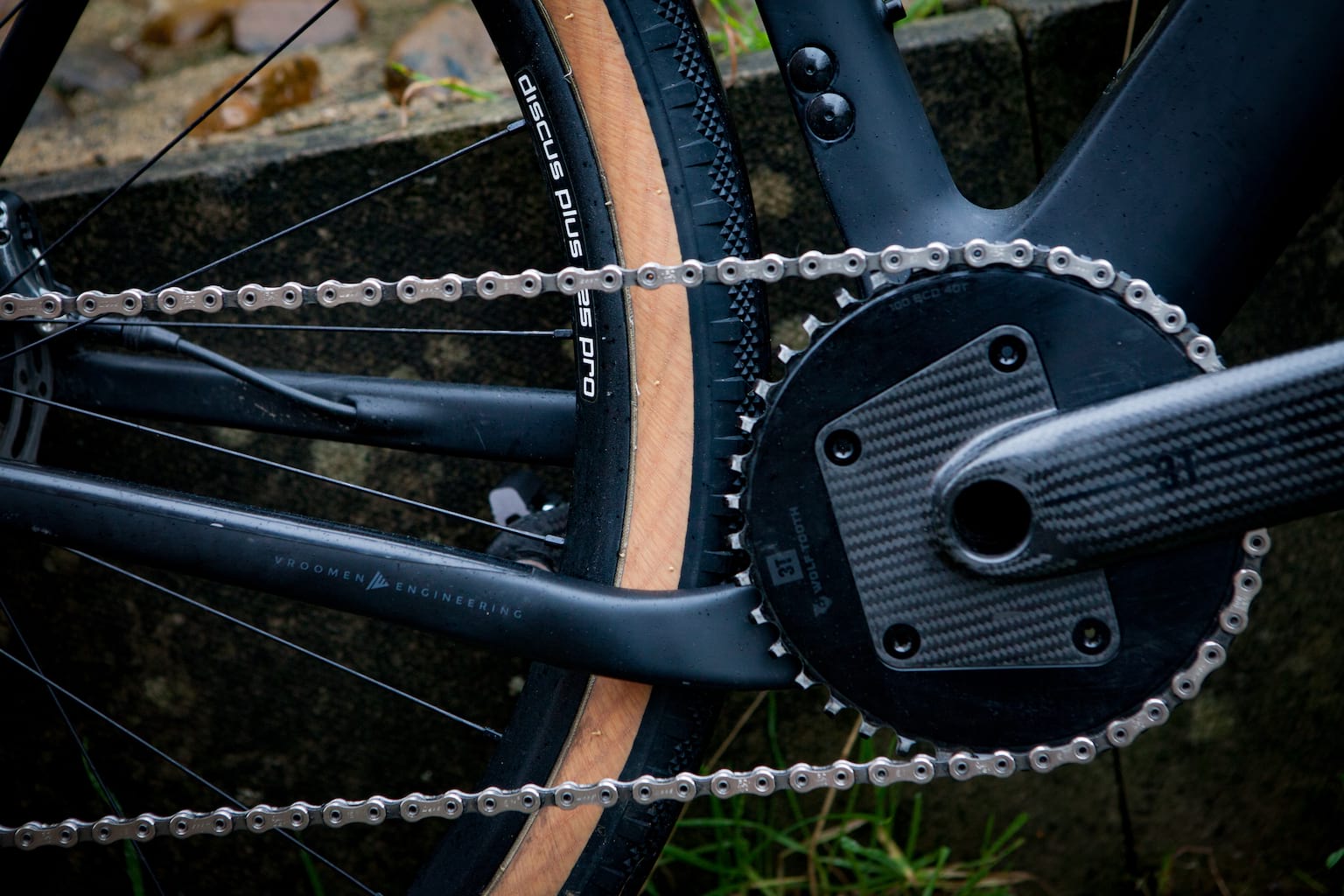
The frameset is designed to be built up with either 700c or 650b wheels. Clearance is adequate for 700c x 40mm or 650b x 2.1in. Our bike is fitted with 650b and 47c WTB Byways.
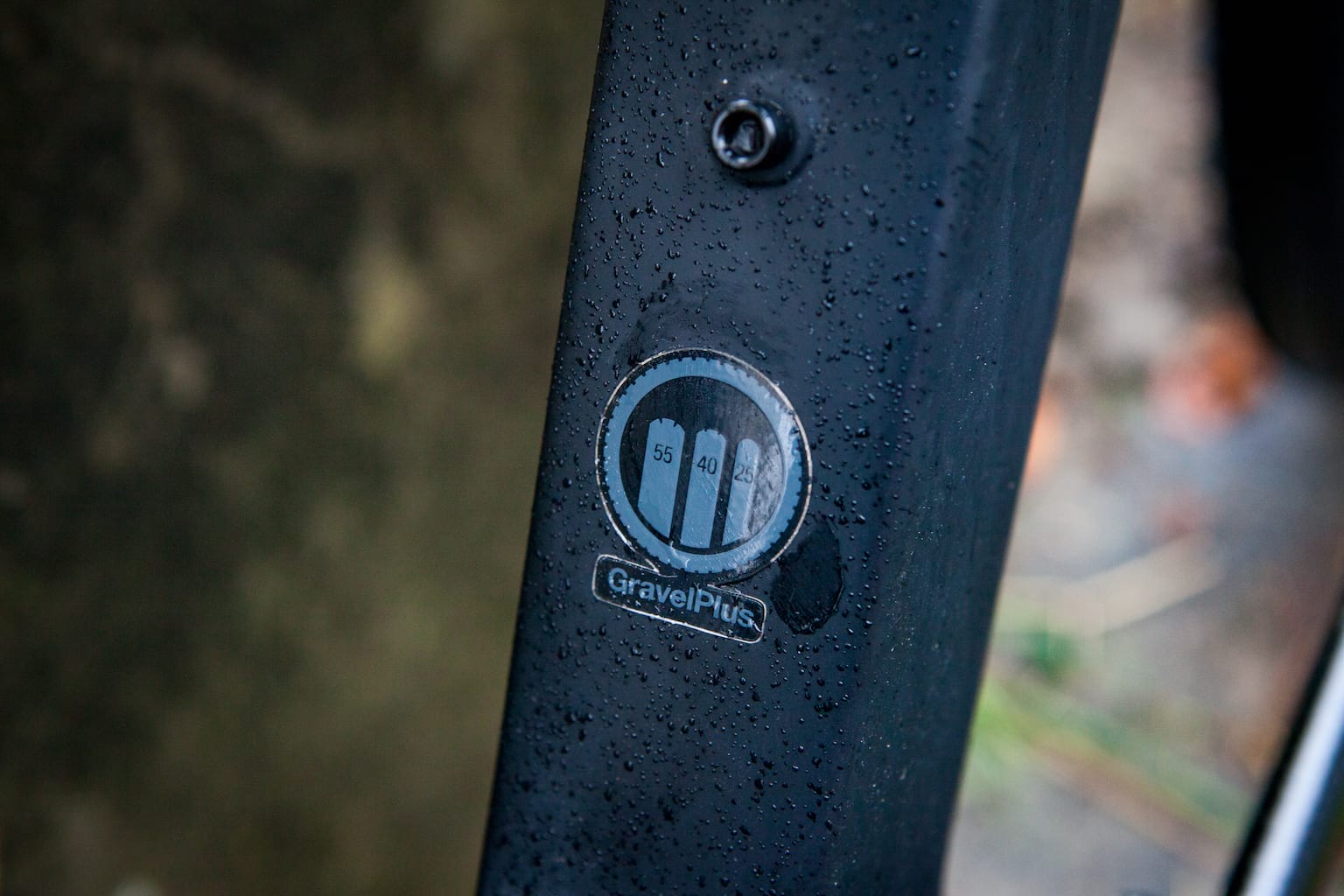
The huge square downtube contrasts massively with the slender seat stays, which join into a monostay rear partway down the seat tube. The seat tube itself is aero-profiled, as is the (included) 3T seat mast. The clamp is a wedge style affair. Internal routing is tucked behind the stem, using 3T’s “FlipTop” cable port. It’s designed to run either traditional cable or electronic routing entirely internally. The frame also comes with vibration dampening foam sleeves to keep any rattles silent. While our bike is built as 1x, there is the option to add a front derailleur.
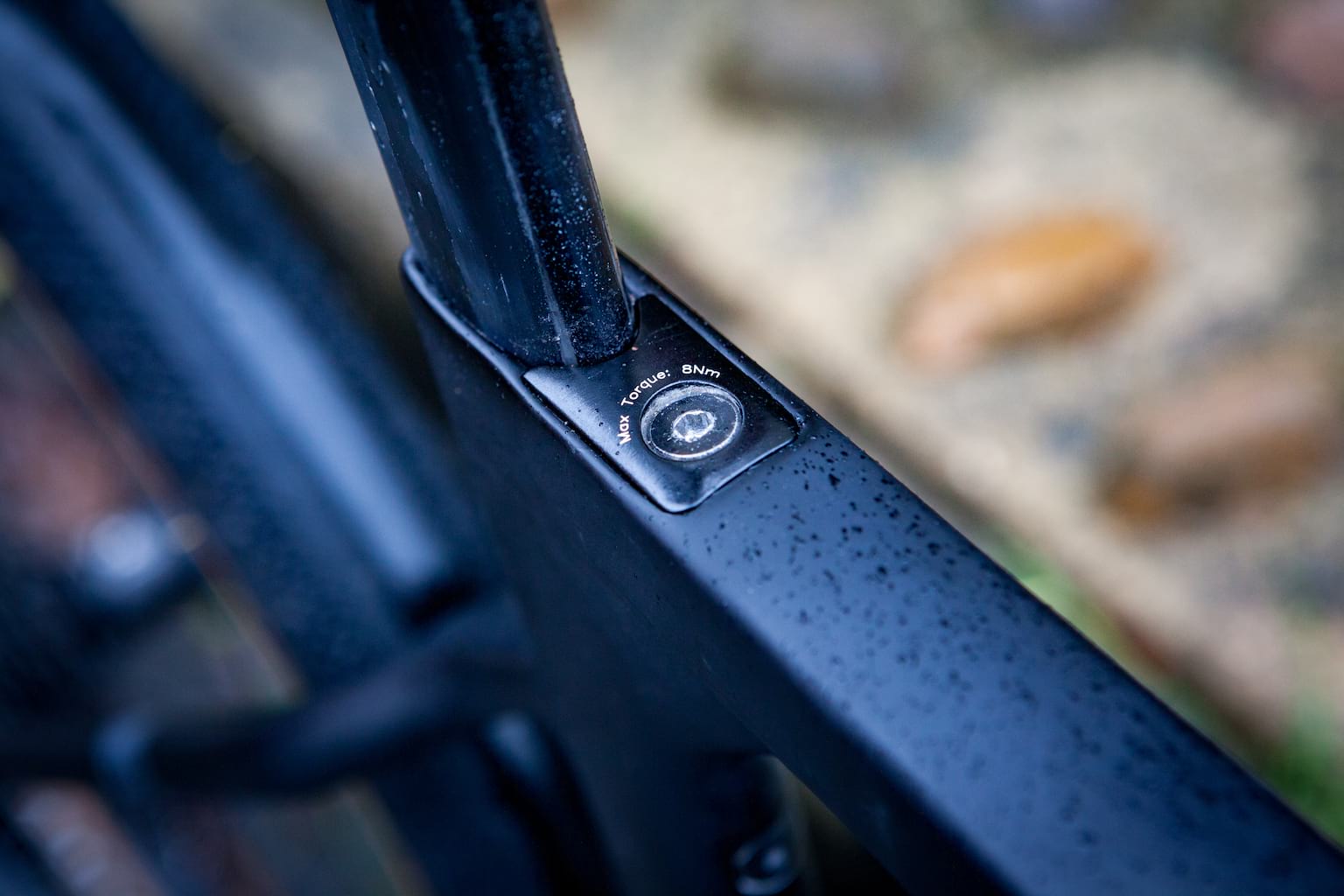
There’s a strange mix of fitment options on the Exploro. 3T thinks that its riders won’t want to fit guards or panniers, so there’s no rack bolts. There is a set of bolts for a bento-box style toptube pouch, and a couple of different positions to mount a bottle on the downtube (as well as a seat tube mount) though. Basically, 3T sees this as a no-compromise go fast bike, even if you are strapping soft luggage to it. Think bike packing, not touring.
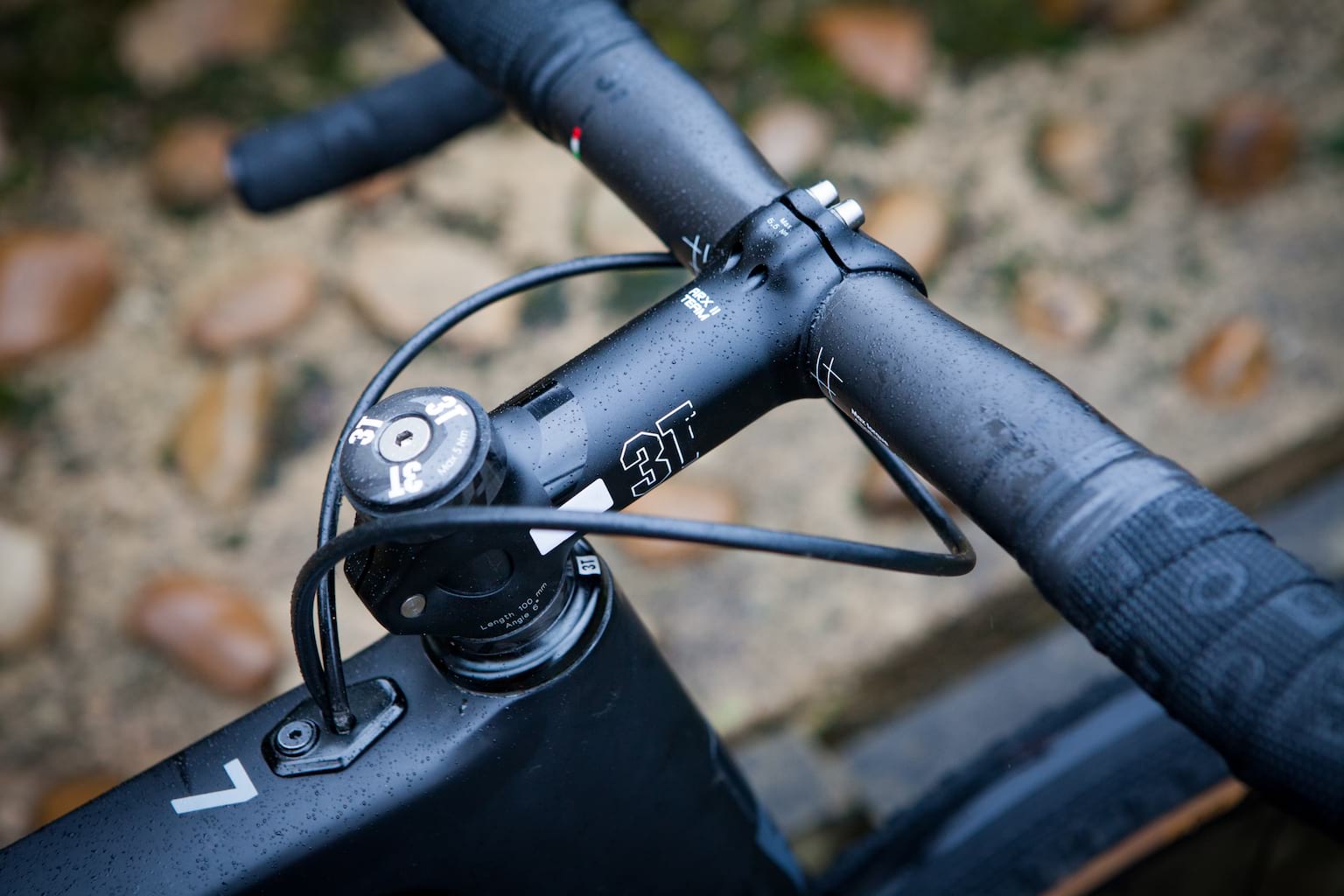
It would be bizarre to design an aerodynamic bike and have upright geometry, so its not surprising that the front end of the Exploro is low. It has the most road-like geometry of most bikes that we’ve tested recently. Whether that suits you, or what you would like to do with a gravel bike is likely to be down to personal preference. I tend to slam and flip my stem on all the test bikes I receive, so it was a welcome sight for me.
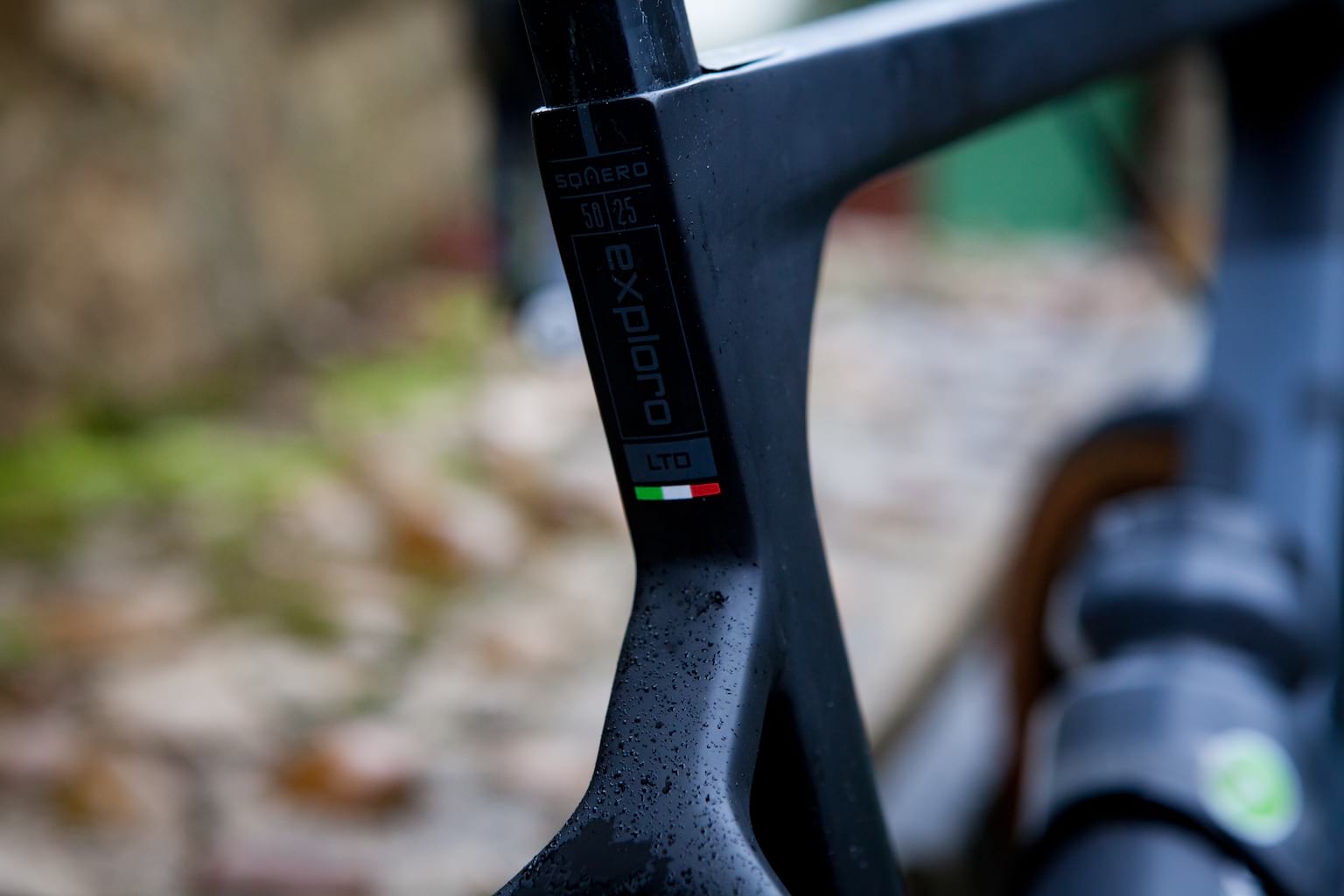
The bike
Now, the Exploro is only sold by 3T as a frameset. Its UK importers, Saddleback does offer full builds, but this is a one-off bike, owned by Paul Errington. Paul is probably best known know as the organiser of Grinduro in the UK, but is also a pretty handy endurance racer and self-confessed gravel lover. He’s supported by 3T and Komoot, and was happy to lend us his “spare” bike to test for a few weeks. We look forward to the day when our spare bike is this high end, rather than a hotch-potch of donor parts, seized components and flat tyres…
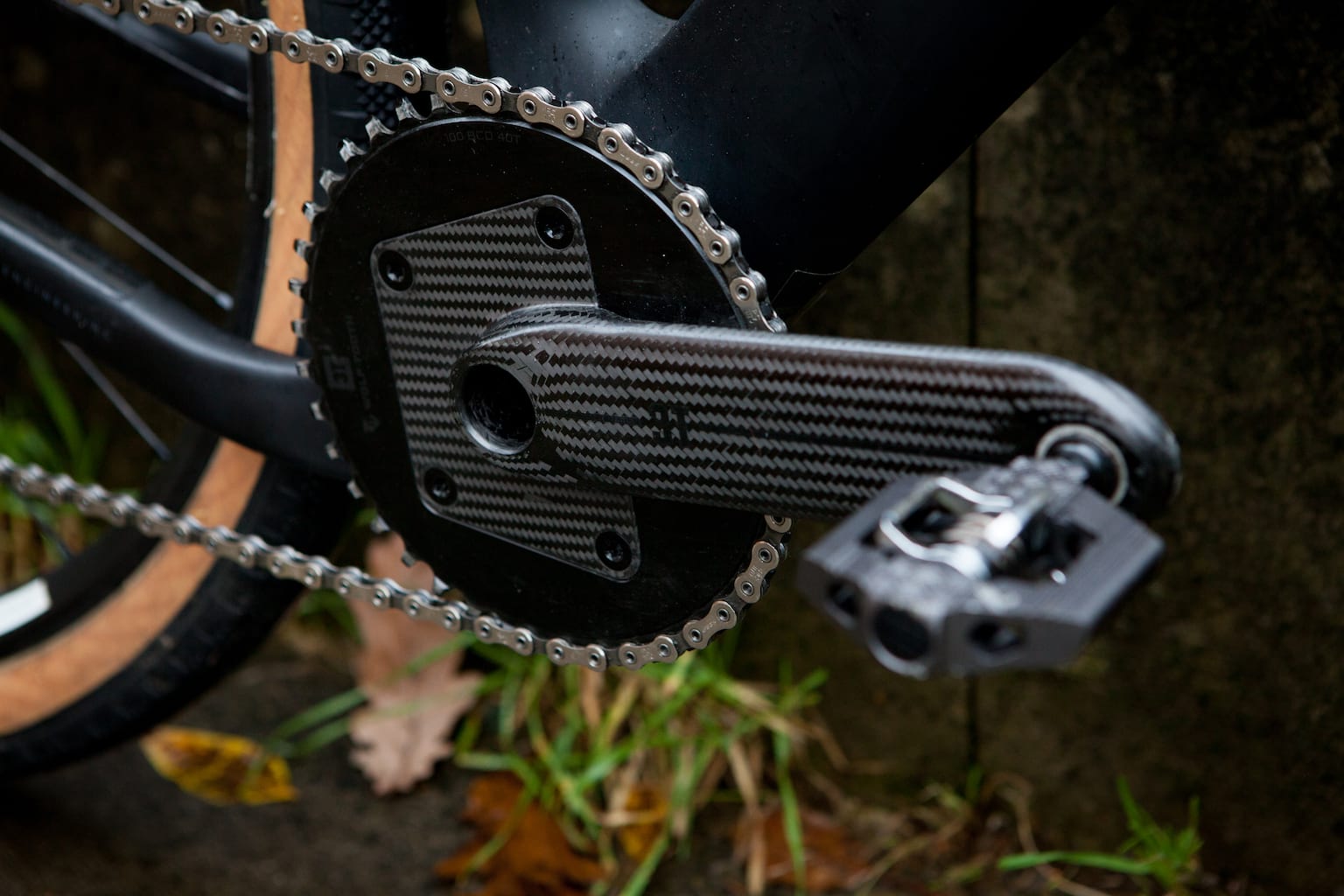
Jealousy aside, this is a pretty special build, and unsurprisingly heavy on 3T components. Getting the off-brand stuff out of the way first, the groupset is SRAM Force1, the saddle a Brooks Cambium C15 and pedals Crank Brothers Candy 2s.
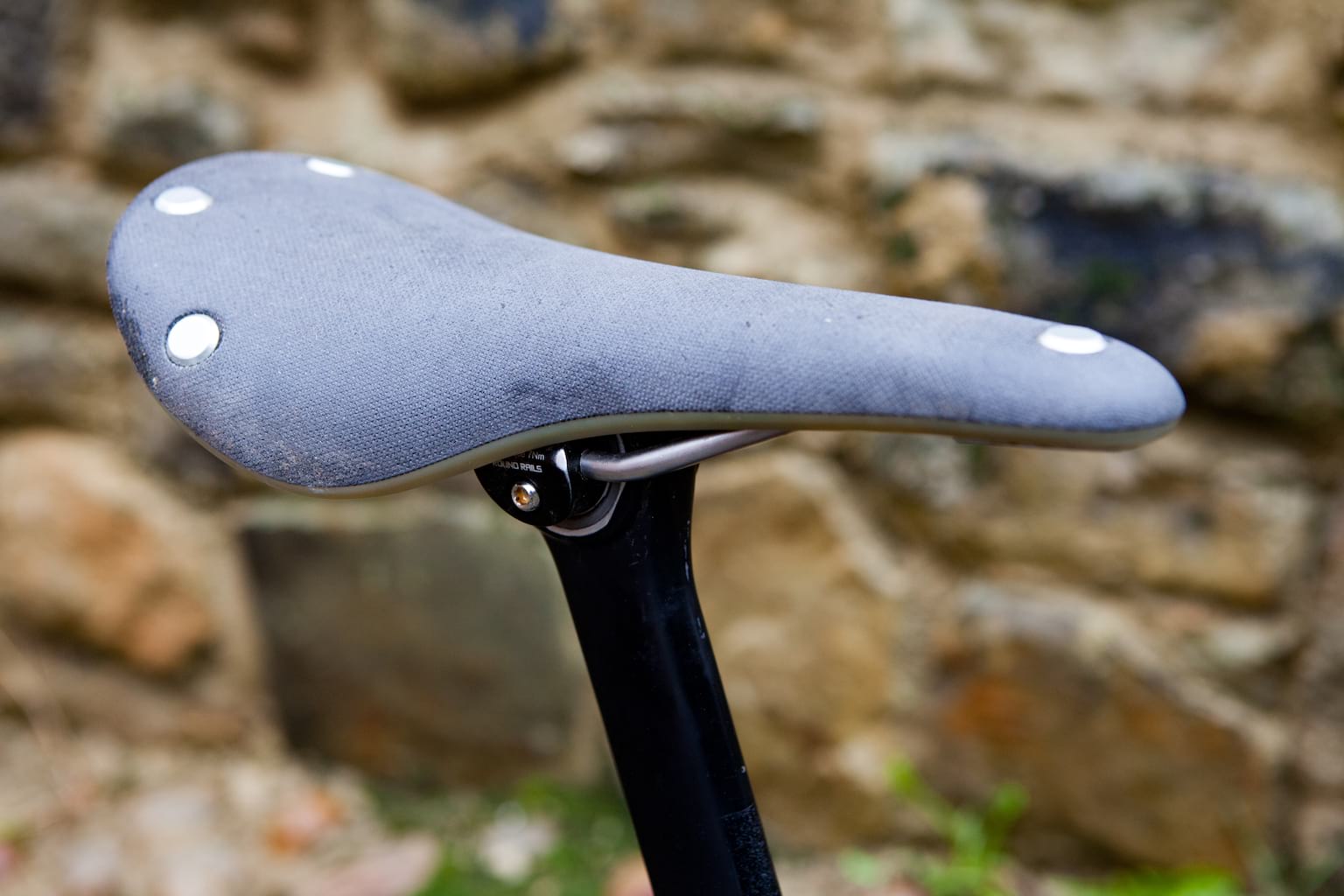
The slab of carbon that is the cranks is the 3T Torno aero 1x crank and costs more than some of the bikes we have reviewed on this site. £1050 buys you a crankset that has some crazy engineering in it to achieve yet more aerodynamics. It’s a little much for us to go into in this first look, but if you are interested, there’s plenty of details on the Saddleback product page. That bolt pattern of course needs its own ring. Luckily 3T manufacture that as well.
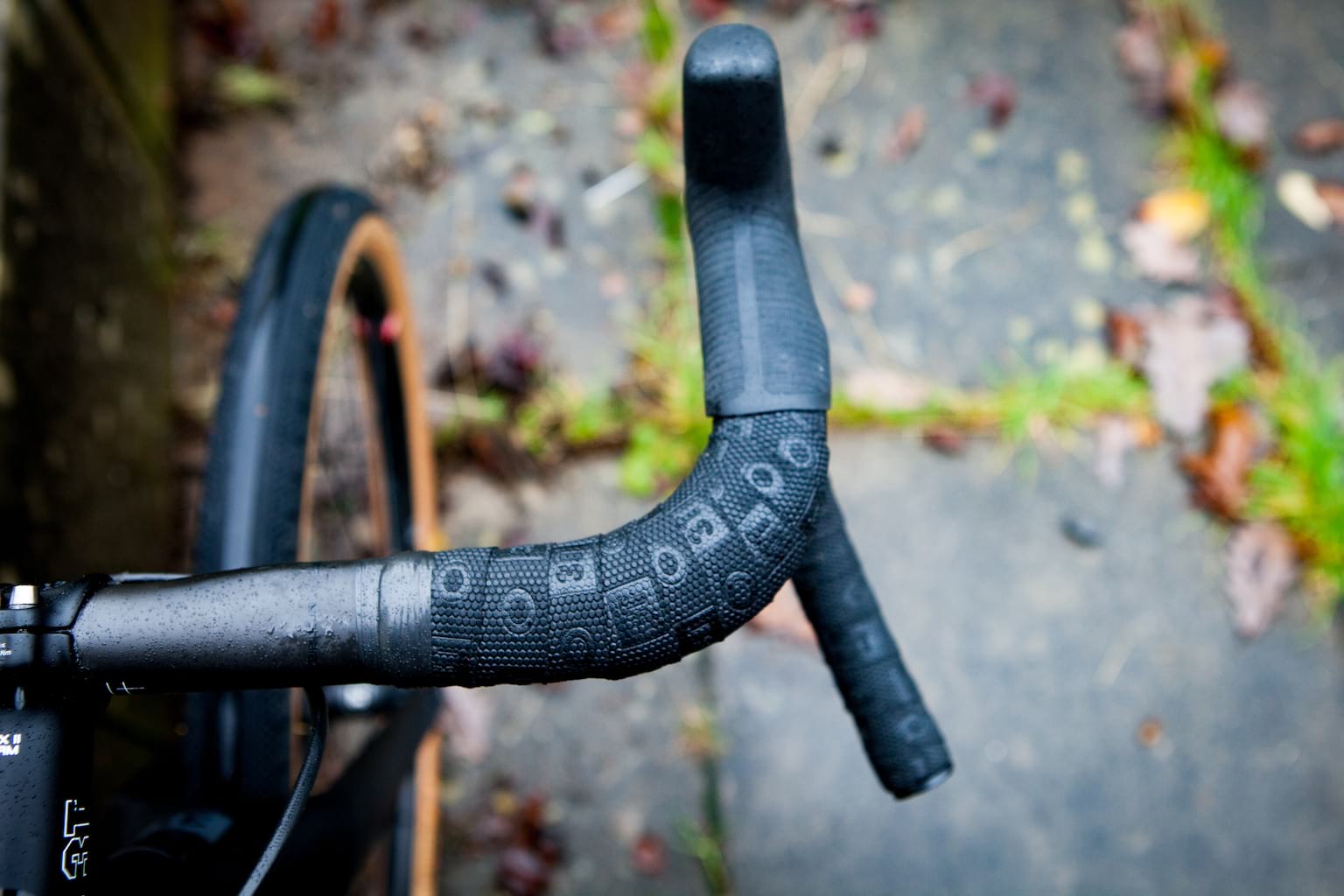
The bars are 3T’s Superghiaia Team flared drops. They are 44cm wide at the tops with an outward sweeping flare. Oh, and they are £300. A bit of cash is saved with a 3T Arx II alloy stem (£95). Finally, the wheels are 3T Discus Plus 650b alloy (£850).

There’s no denying it, this is a dream-build bike. It’s an interesting one as well – we are looking forward to seeing whether the Exploro just ends up feeling like a road bike with chunky tyres, and ends up overly compromised off-road, or whether it brings a best of both worlds sense of speed and fun to back roads, mountain bike trails and everything in between. There’s only one thing for it… we’re going in. I just hope I don’t scratch it!
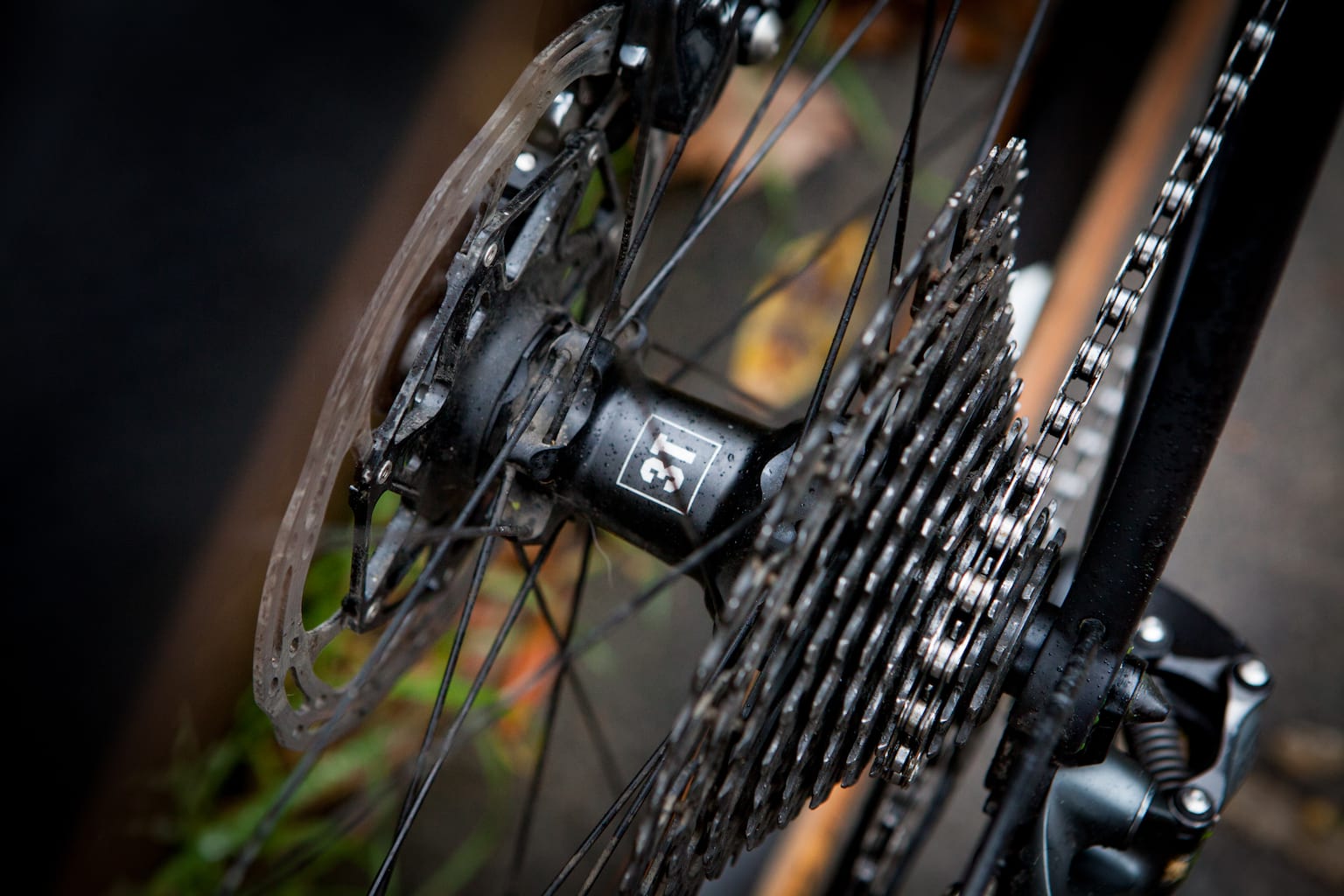
Full Specification
- Frame // 3t Exploro Flatmount LTD
- Fork // 3T Fango
- Wheels // 3T Discus Plus 650b alloy
- Tyres // WTB Byway 47c
- Chainset // 3T Torno aero 1x
- Bottom Bracket // BB386evo
- Rear Mech // SRAM Force 1 11-speed
- Shifters // SRAM Force 1
- Cassette // SRAM, 11-42t
- Brakes // SRAM Rival1, hydraulic disc
- Stem // 3T ARX II
- Bars // 3T Superghiaia Team
- Seatpost // 3T (comes with frame)
- Saddle // Brooks Cambium C15
- Size Tested // L
- Sizes available // S, M, L, XL
- Price // £4,200 frame, forks, seatpost

